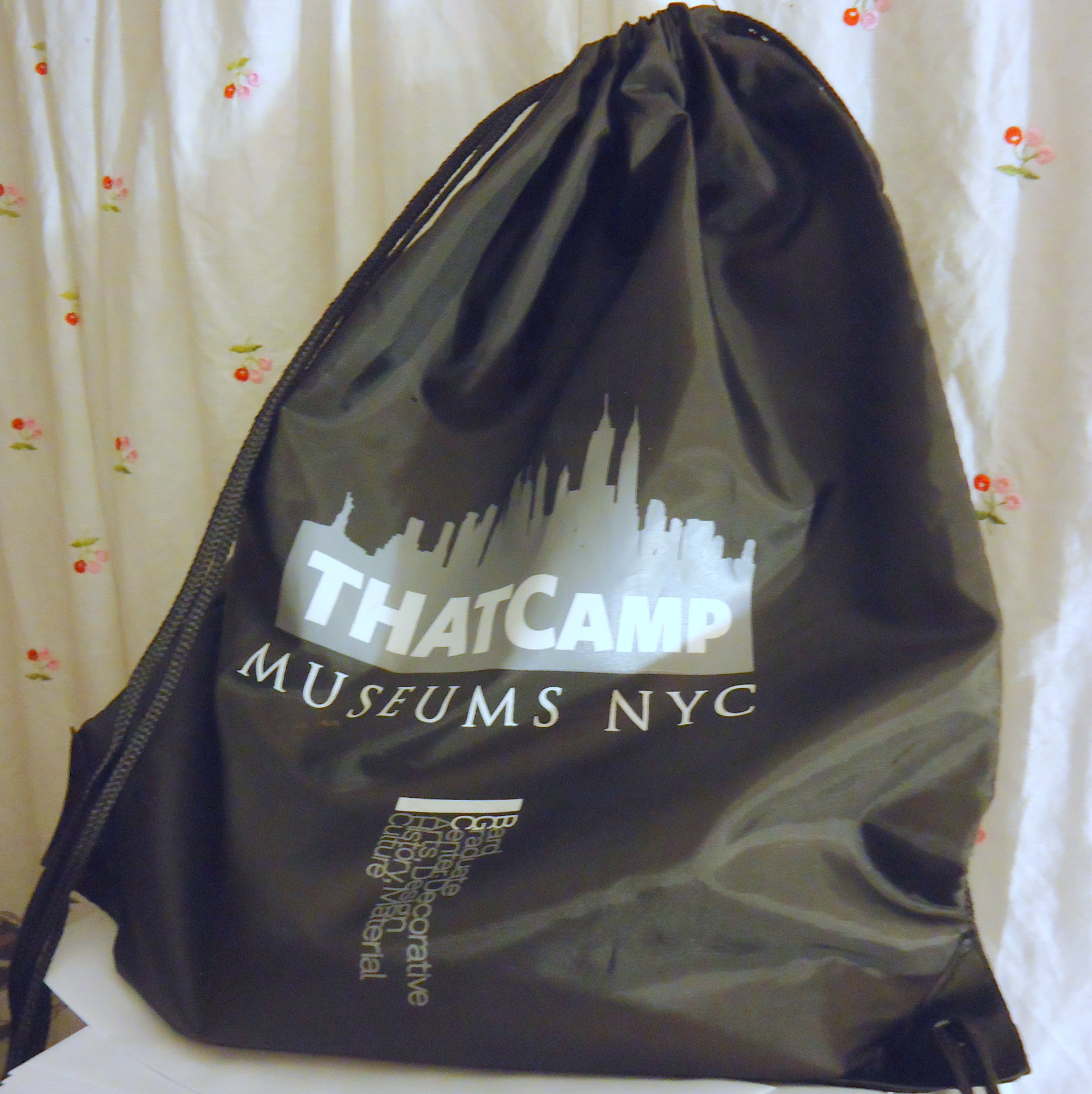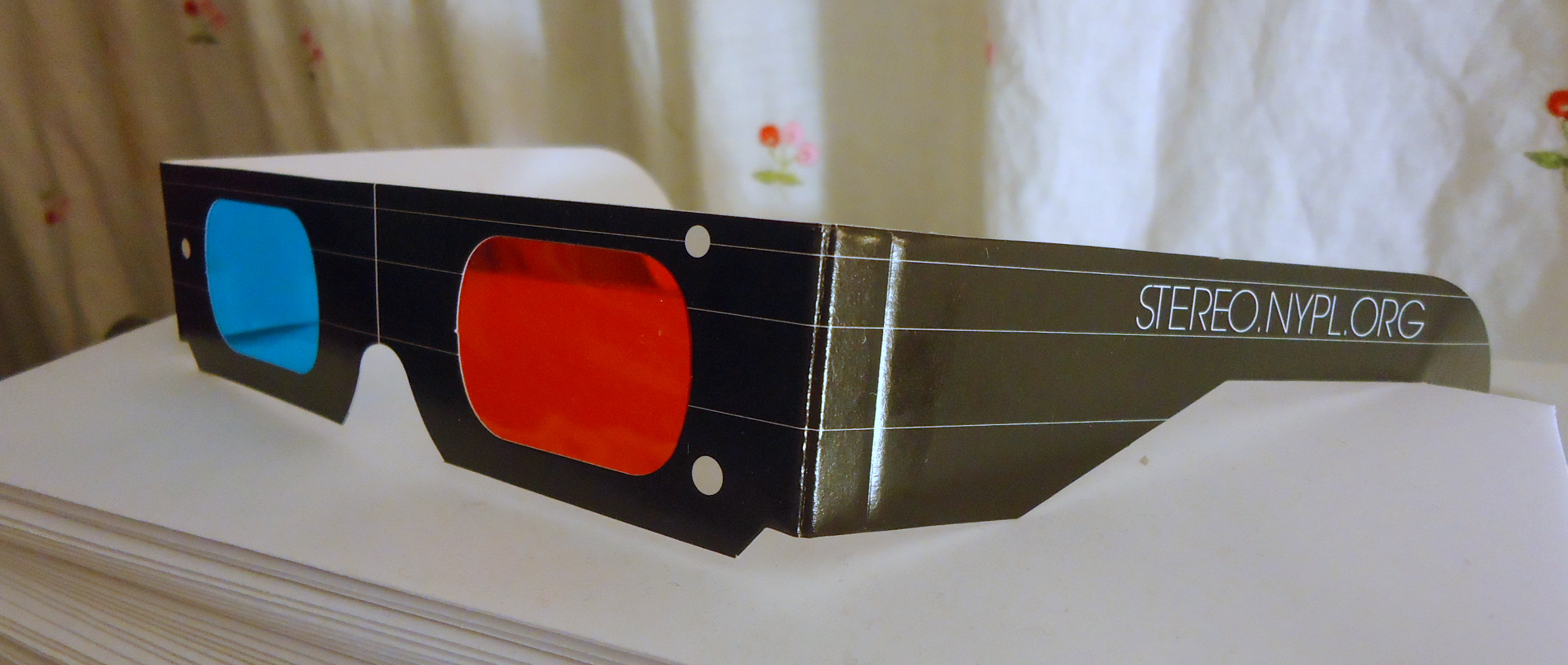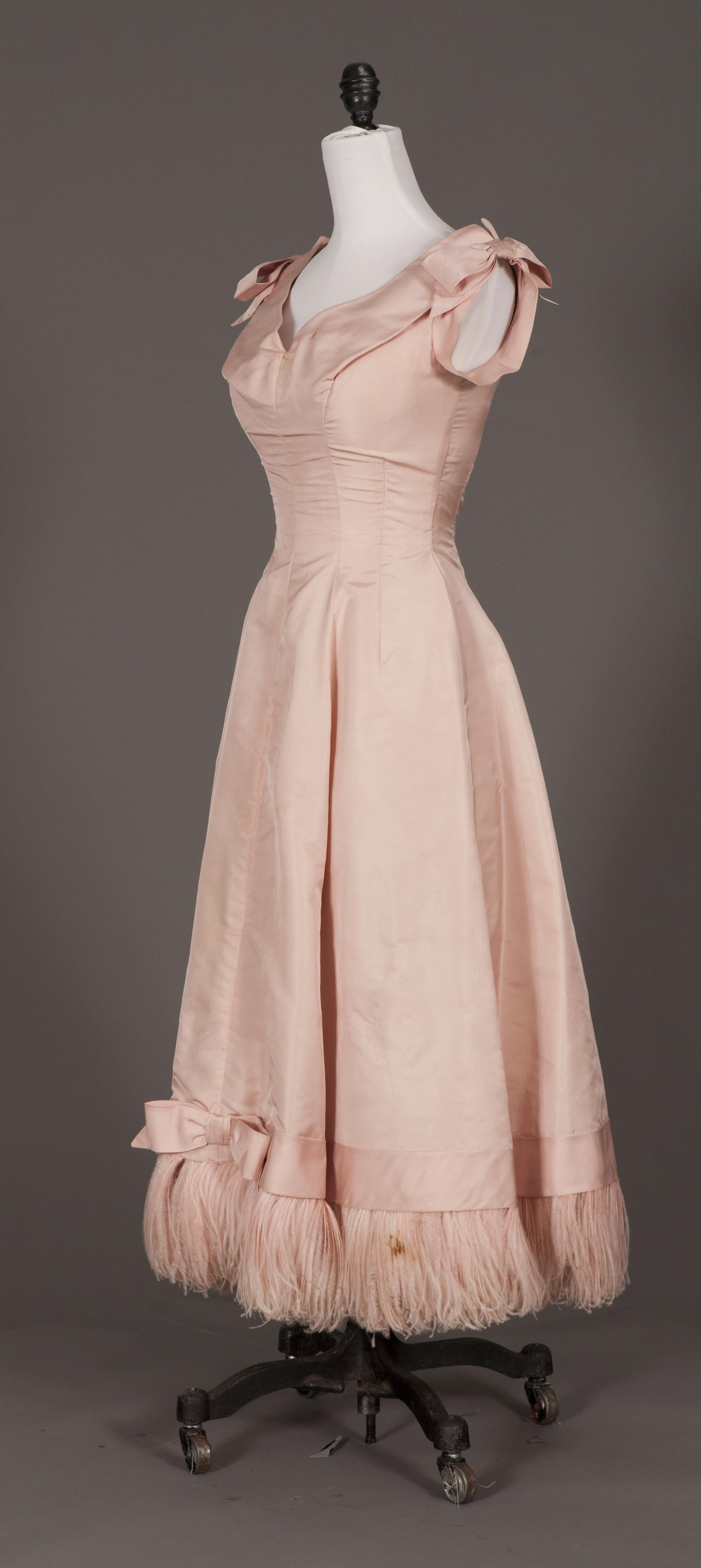What a great way to start my summer! On May 18-20 I had the privilege of attending THATCamp Museums NYC at the Bard Graduate Center. I’m a huge fan of THATCamps, and this was my third and personal favorite, for reasons I’ll get to in a moment.
A little background (skip down if you’re already familiar with all things THATCamp):
THATCamp, which stands for The Humanities and Technology Camp, is an unconference event bringing together like-minded people to meet up and hash out whatever issues are important to attendees at that time, including both conversations (yack) and hands-on workshops (hack). THATCamp originated at the Roy Rosenzweig Center for History and New Media (CHNM) at George Mason University in 2008. I attended the 2nd THATCamp at CHNM in 2009, and it was a pivotal event for me. The casual, non-hierarchical, spontaneous nature fosters important conversations across disciplines and between institutions. I was amazed at how quickly I was jumping into serious conversations, about issues really important to me, with people I had met only moments before (especially in the session I proposed on “Digital Collections of Material Culture“).
Fast forward more than two years, during which time THATCamps went viral, branching out into a multitude of regional and thematic events. My 2nd THATCamp was actually on my home turf: THATCamp Pedagogy at Vassar College in Poughkeepsie, NY. Again, it was a blast, and it was fascinating to see how technology is helping us to take a closer look at pedagogy. The session I proposed took on the title “Teaching with Absent Objects,” merged with a session on “Teaching in the Community,” and continued the thread of teaching with digital surrogates of material culture.
Back to NYC 2012:
So, now perhaps it’s obvious why THATCamp Museums NYC was my favorite so far: yes, digital material culture is my thing, and where my previous THATCamps had a few enthusiastic sessions on this topic, in this case essentially the entire weekend related to that focus. So, what did the weekend entail? Well, let me interject the fact that my only real criticism of the THATCamp format is that there are usually 3-5 sessions offered at the same time, and I usually want to go to ALL of them! So take a look at the blog for the full schedule of sessions and workshops.
I personally agree with the call for “more hack, less yack” at THATCamps, and while all of the workshops on Friday were in this vein, I tried to choose the ones that really pushed at my hacking boundaries.
Workshops I attended:
- “Git it? => branch yourself (and join the rest of us)”
- Zeeshan Lakhani of NYPL Labs introduced us to the use of Git for version control, helping us to install it, showing us examples in action, and showing how it’s not just for code
- “Twitter Bootstrap for Prototyping (and how to start thinking about design patterns)”
- I stayed with Zeeshan again for this 2nd session, learning about rapid prototyping of sites using style guides and pre-formed collections of web-page components in CSS / HTML / Javascript. Check out these related links.
- Leveraging TourML & TAP for managing and deploying Tours
- I ended the day with Kyle Jaebker from the Indianapolis Museum of Art showing us about this “open-source toolkit for the creation of mobile tours currently consisting of authoring tools, an iOS application, and a web-based application.” I was struck by the idea that TAP could play really nicely with Omeka, and indeed there’s been talk just this week in the Omeka Developers Group about a plugin. I love that TourML is pronounced “turmoil,” since that’s absolutely what the planning team for an exhibit/tour goes through!
- Since I’ve seen Beth Harris and Steve Zucker present before, I made the difficult decision not to attend their workshop about Smarthistory, the online art history resource that is one of my favorite examples of a technology/pedagogy win-win. I’m looking forward to watching the video of their workshop when it’s available, and catching up with their latest news since they’ve become a part of Khan Academy.
- I also will definitely be on the lookout for the video of Jefferson Bailey’s workshop on Viewshare – this is another tool that I’m looking forward to playing with this summer. I have a couple of different data sets ready to plug in and see what comes up in the maps, timelines, and faceted browsing that has to offer.
On Saturday, after breakfast, an overview of the “rules,” and scheduling negotiated very well by the whole group, we were off to a great start!
Sessions I attended:
- Cameras in the Gallery – the relationships between museum, artwork, and audience, as captured in visitor’s personal photos
- Working with Students: Digital Exhibitions – the challenges and triumphs of having students create digital projects to showcase their work with artifacts
Dork Shorts – this is a chance to have 2 minutes to show off a project, while everyone is eating lunch, and we were able to see some great new work, especially:
- the Stereogranimator from NYPL Labs was a big hit – you should have seen us all in our 3D glasses oo-ing and ah-ing over these 3D images from the stereograph collections of the NYPL, presented by Ben Vershbow (though you don’t need 3D glasses to view the site – check it out)
- Rainey Tisdale reached out to the group for input for the new book she is writing with Linda Norris about Museums and Creative Practice – share your ideas and take a survey at http://museumsandcreativepractice.wordpress.com/
- Kyle Jaebker presented both TAP/TourML (see above) and another project he’s been working on with the Indianapolis Museum of Art: the Online Scholarly Catalogue Initiative (take a look at one of the prototypes)
- my digital costume project at Vassar – my own two minutes to show off my work in progress were unfortunately more dorky than short (the high res images loaded too slowly to be able to show off much) but I’m really eager for feedback so that was the risk I took – please check it out and let me know what you think!
More sessions I attended:
- Linked Open Data for Libraries, Archives, and Museums – I think we were all trying to get our heads around this, but those who knew more than the rest of us generously shared links to a variety of examples, my favorites being linkedjazz.org and the RelFinder
-
Working with ObjectVRs – in the spirit of “more hack, less yack,” I led the group through the process I’ve been using with students to create objectVRs with Object2VR software. I provided some image files from our collection at Vassar, and they got to try out my preferred settings and go through the process for creating both Quicktime and HTML5 files. Nothing too fancy here, I just wanted to show people how simple the process really is – that you really could learn the basics in less than an hour. Luckily, during the down time while images were being processed, Paco Link (from the Metropolitan Museum of Art) shared some great examples of objectVRs he worked on when he was at the Getty Museum
- Digital Representations of Material Culture (the yack sister session to the session above) – we had fun brainstorming our fantasy of how material culture could be represented online
I was sad to miss the sessions on Curatorial Collusion and Ephemeral Performing Arts, among many others.
Thanks to Kimon Keramidas and everyone at the BGC, and Amanda French and everyone at CHNM, for organizing such a great event! The BGC was the perfect venue to kick off what we hope is just the beginning of THATCamp Museums.
So, what’s the moral of the story? If you have the chance to go to a THATCamp, do it! And propose a session, and participate in the conversation, even if you don’t know anyone there and your session proposal is just a question about something you want to learn more about. No matter what, you will have something to contribute (which will be empowering), and you will learn something.
Then, take what you’ve learned, what you’ve discussed, and make something! Everything I absorbed is feeding back into my digital project at Vassar, and a new project I’m starting with a group at Smith College, soon to be at HistoricDress.org. I’ll be busy this summer putting some of these ideas into action.









Pingback: the generosity of social media | Connections
Pingback: the generosity of social media « Arden Kirkland's Idiosyncrasies